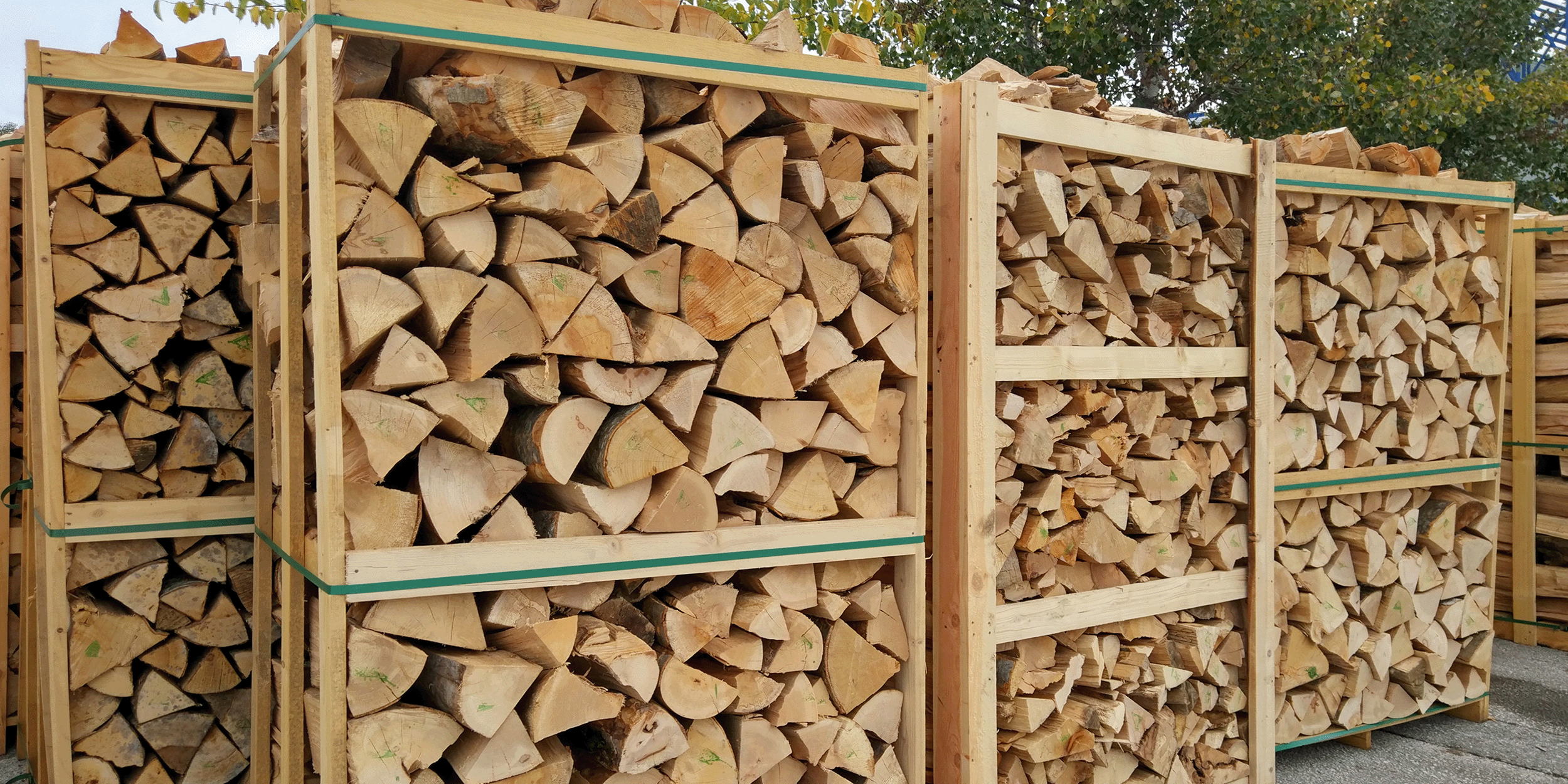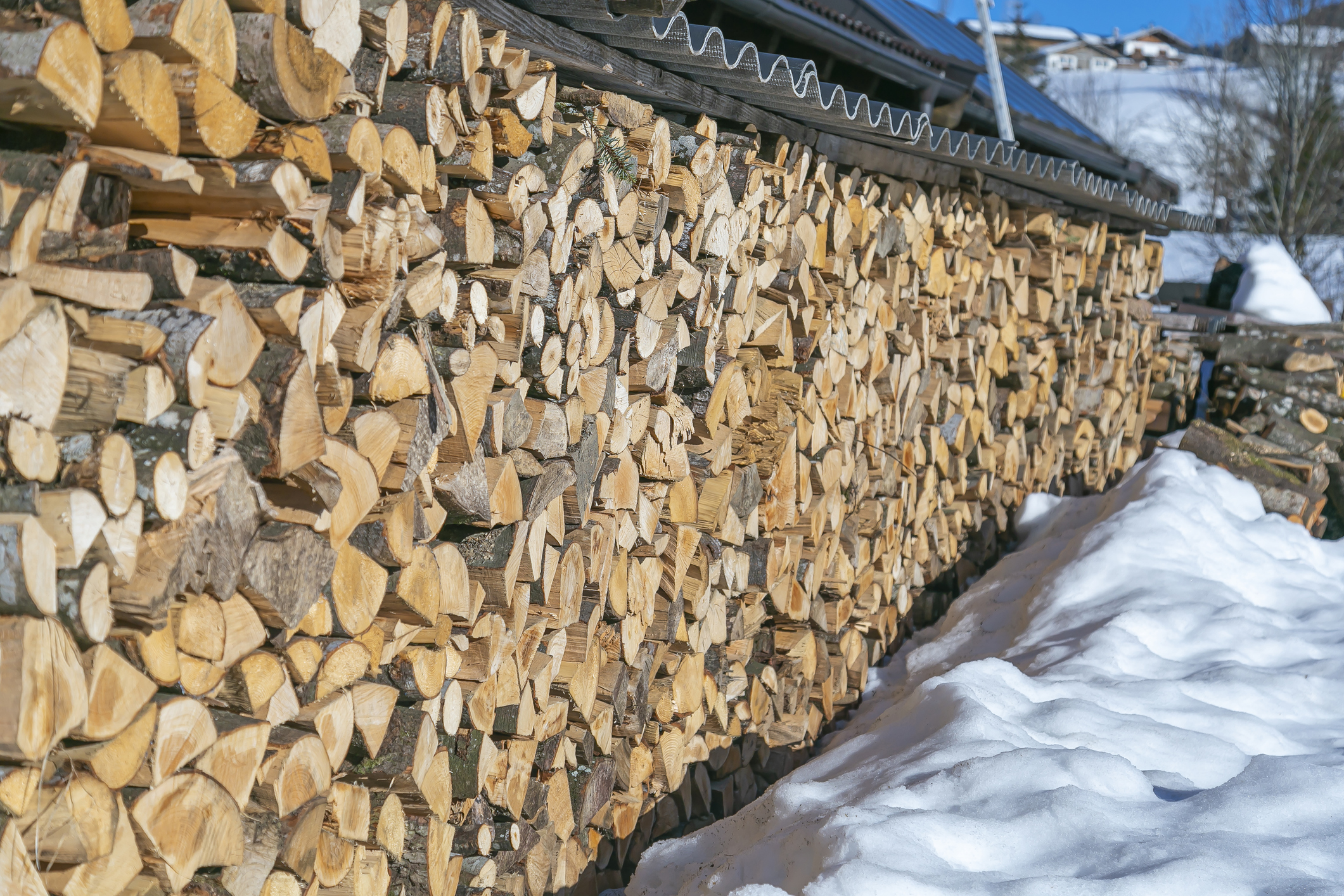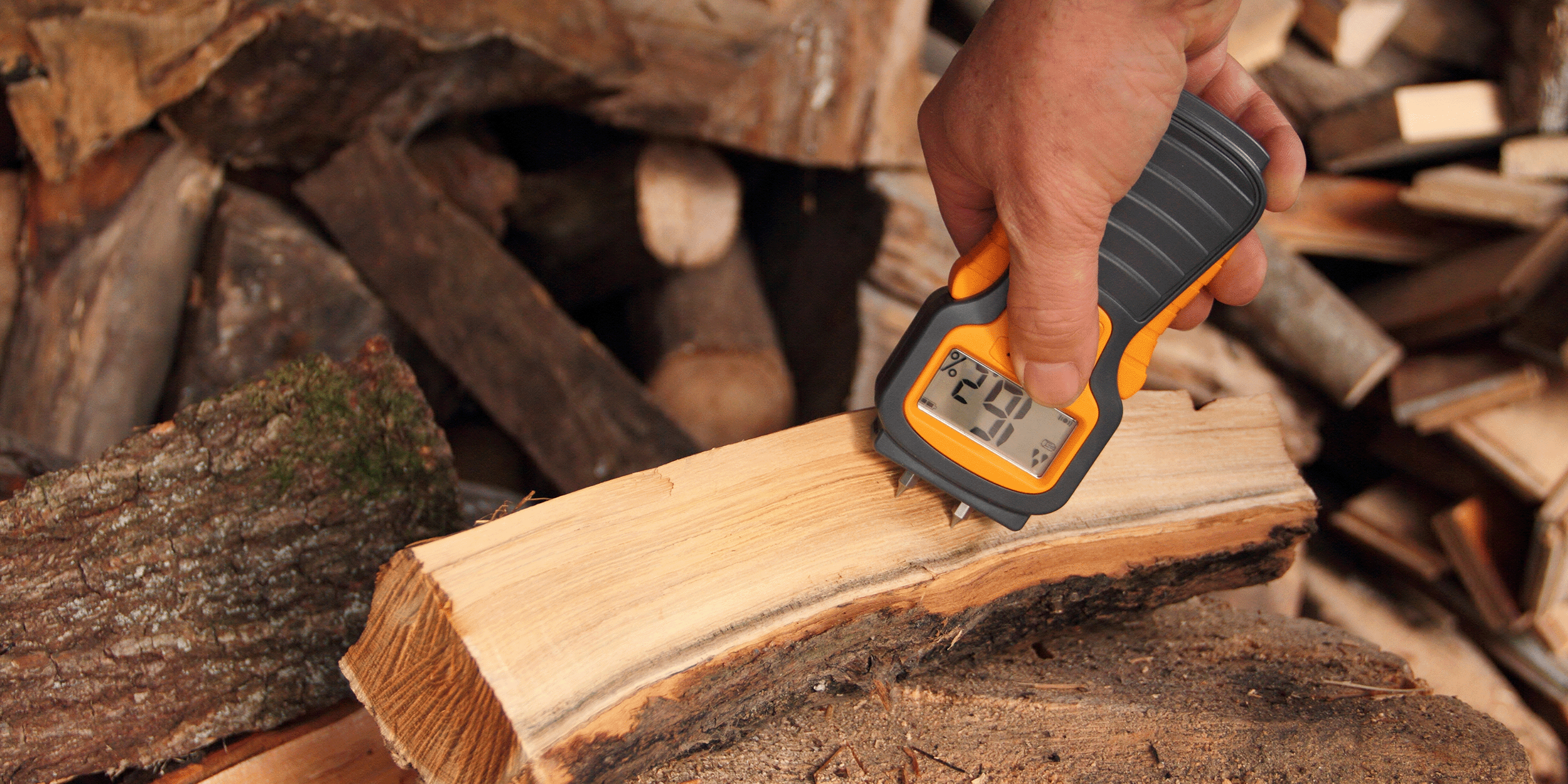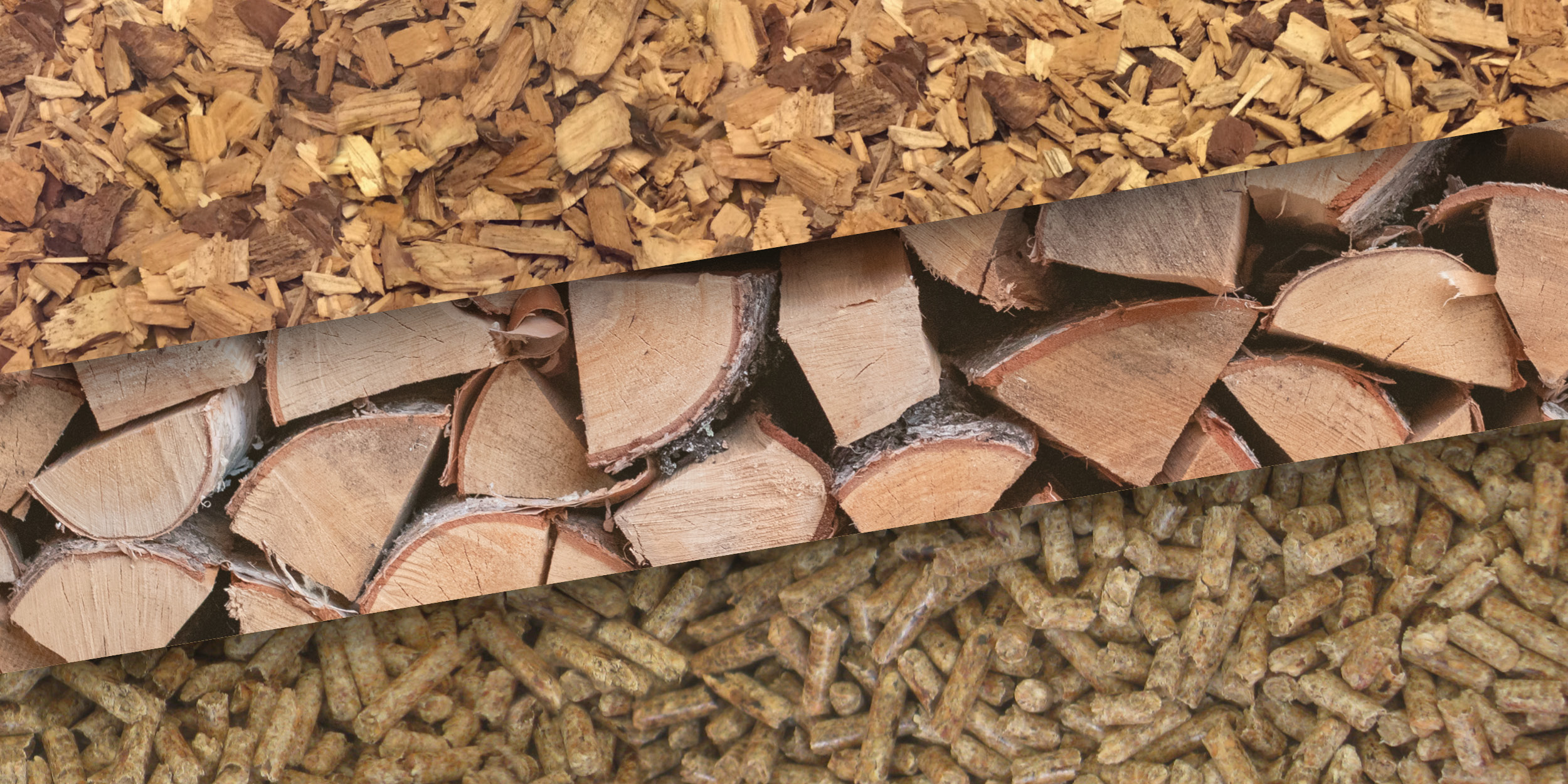A guide to burn responsibly
You have likely seen enforcement concerns around wood burning this year featured across news titles. This guide covers this, relevant legislation and top tips to help you burn responsibly. Ensuring you burn high-quality fuels that are right for your appliance will reduce the particulates released into the air. Burning low-quality fuels can emit more particulates which, when mixed with other emissions in your chimney, can affect your health.
Recent enforcement
After residents complained of a “pungent and acrid” smell in Gloucestershire, a man was issued a £330 fine after admitting to burning treated wood in his home. The man pleaded guilty to failing to comply with an abatement notice issued under Section 80 (1) of the Environmental Protection Act 1990 and owned up to burning wood which had been treated with chemicals.
The Gloucestershire resident was burning the waste wood for the provision of heating and hot water – but the wood contained toxic chemicals such as paints and creosote which give off emissions that are extremely toxic to humans, animals and the environment. He was initially served with an abatement notice requiring him to stop burning the waste wood on 22 August 2022, after a local resident contacted the council’s environmental health officers to report a particularly pungent and acrid smell coming from the property.
After a further complaint was made to the environmental health team on 23 September 2022, the resident was found to have breached the notice and enforcement proceedings began, leading to a fine of £200 as well as being ordered to pay £50 towards prosecution costs and a Victim Surcharge of £80.
We want to provide you with information to not only use the correct fuels but also reduce your environmental impact from domestic burning and avoid any breaches of legislation. There are several regulations that you should be aware of when choosing to burn wood or solid fuels.
Smoke Control Areas
The rules when it comes to smoke control areas are relatively simple. These rules have been around for many years, but there have been recent changes to how they can be enforced. Local Authorities also have a duty to improve air quality and should be enforcing legislation against those who burn inappropriately, as with the example in Gloucestershire.
Many parts of the UK are smoke control areas where:
- there’s a limit on how much smoke you can emit from a chimney
- you can only burn authorised fuel unless you use an ‘exempt appliance’
In England, you may have to pay a penalty of up to £300 if your local council decides your chimney emits too much smoke. You can be fined up to £1,000 if you burn unauthorised fuel without an exempt appliance.
You will need to contact your local council who can advise if you live in a smoke control area.
In a smoke control area, you can only burn fuel on the list of authorised fuels, or any of the following ‘smokeless’ fuels, unless you’re using an exempt appliance:
- anthracite
- semi-anthracite
- low volatile steam coal
Unauthorised fuels, such as wood, can only be burned in exempt appliances such as some boilers, cookers and stoves. We will cover some changes to exempt appliances later in this article.
You must only use the types of fuel that the manufacturer says can be used in the appliance, details of which can be found on relevant appliance entry on the Defra website.
Fines and enforcement processes are outlined in the Clean Air Act 1993.
Amendments to the Clean Air Act 1993 were made through the Environment Act 2021, changing the penalty from criminal to civil, allowing Local Authorities to undertake enforcement action more readily.
Under the guidance for Local Authorities, it states:
You should not need to take enforcement action if individuals are using authorised fuel or an exempt appliance correctly. This is because the appliance should not be emitting substantial amounts of smoke.
This statement is fully dependent on the user operating the appliance correctly, so it is important to only operate the appliance in accordance with the manufacturer’s instructions. If you live in a smoke control area, check your appliance against the exempt list and use appropriate fuel accordingly.
Environmental Protection Act 1990
People who emit smoke from their chimneys could be committing a ‘statutory nuisance’ under Part 3 of the Environmental Protection Act 1990 if the smoke emissions are harmful to health or a nuisance. This applies everywhere in England, not just in a smoke control area and all smoke from residential, business, and industrial premises is covered by statutory nuisance laws (unless it’s exempt).
How smoke complaints are assessed
To work out whether it’s a statutory nuisance, smoke is usually assessed by environmental health officers from the council. They can look at:
- the amount
- how often it happens and for how long
- how unreasonable the activity is (for example, smoke from an everyday activity like cooking is unlikely to be a statutory nuisance)
Smoke from chimneys: special rules
If someone emitting smoke from a chimney is served with an abatement notice and they’ve used the best practicable means to stop or reduce the smoke, they may be able to use this as one of the following:
- grounds for appeal against the abatement notice
- a defence, if prosecuted for not complying with the abatement notice
It was this very Act that was used in the enforcement in Gloucestershire.
The Air Quality (Domestic Solid Fuels Standards) (England) Regulations 2020
These Regulations were introduced in England to legislate against the sale of more polluting types of fuels and the impact is on the manufacturers and suppliers, not the end user. The legislation requires wood sold in volumes under 2 cubic metres to be certified as Ready to Burn, containing no more than 20% moisture content. For manufactured solid fuels, again, they must be Ready to Burn certified, demonstrating that they do not have a sulphur content of 2% or more calculated on an ash-free dry basis; and the emission of smoke will not exceed a rate of five grams or more an hour.
Simply look for the Ready to Burn certification marks when purchasing firewood for immediate use and for manufactured solid fuels. If you are purchasing wood in volumes over 2 cubic metres, you will need to have adequate space to store and season the firewood until it is no more than 20% moisture content.
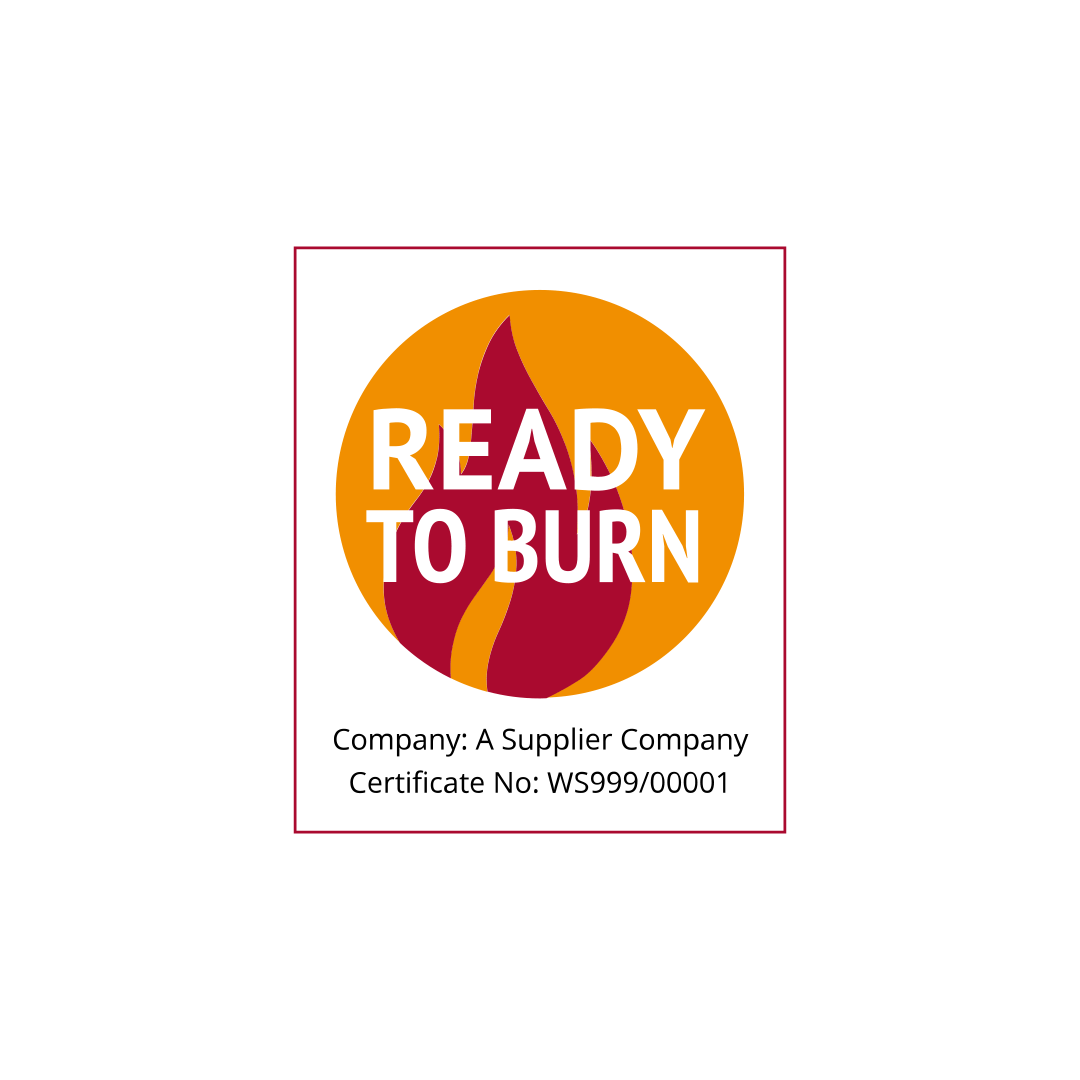
For Ready to Burn firewood look for the certification mark with a red border and their number will begin with WS.
For Ready to Burn firewood look for the certification mark with a red border and their number will begin with WS.
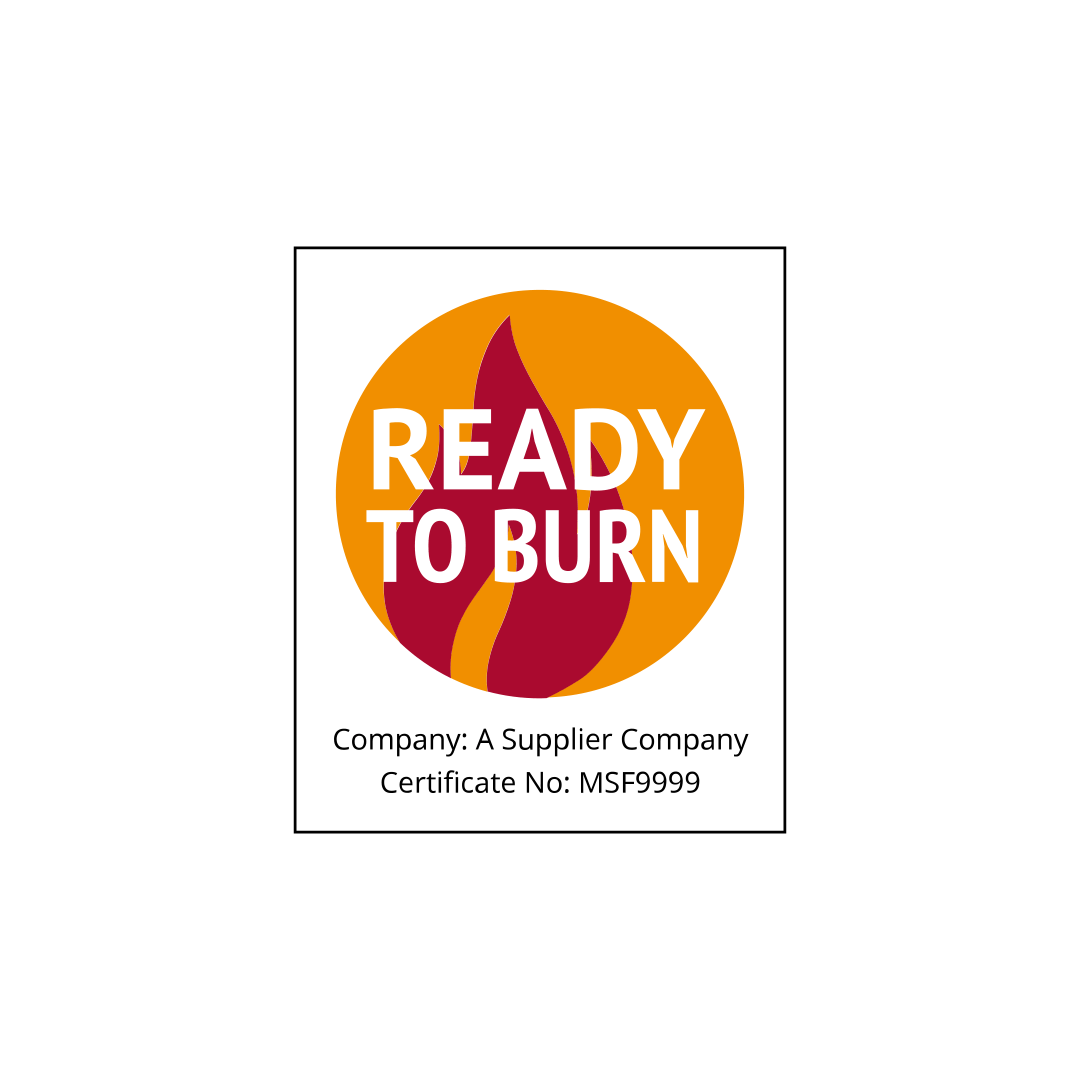
For Ready to Burn manufactured solid fuels look for the certification mark with a black border and their number will begin with MSF.
For Ready to Burn manufactured solid fuels look for the certification mark with a black border and their number will begin with MSF.
Ban on coal
The Air Quality (Domestic Solid Fuels Standards) (England) Regulations 2020 also introduced a ban on the sale of traditional house coal. As of May 2023, there was a complete ban on the sale of coal in England. Coal merchants were advising on the alternatives available to coal in the lead-up to the ban. A list of Ready to Burn certified manufactured smokeless fuels is available on the Smoke Control website, which can accessed using the above ‘Find a supplier’ link.
Traditional house coal extracted and sold from the Forest of Dean is exempt. This can continue to be sold locally.
Environment Improvement Plan 2023
This government plan was introduced in January 2023 and is the first such review of the 25 Year Environment Plan (25YEP), published in 2019. There are ten clear goals in the plan, with a wide variety of environmental targets, including clean air and water, climate change and enhancing biosecurity.
To tackle emissions from the home, the government is aiming to better manage domestic burning, particularly in areas with high emissions, including urban areas where housing and traffic are denser.
As we have already outlined, the government already banned the sale of wet wood back in May 2021, with a coal ban being enforced in May 2023. These are materials that emit high concentrations of fine particulates. In fact, burning a dry wood log can reduce emissions by 50% compared to a log which has not been dried.
The Environment Improvement Plan clearly states that the government is not considering a ban on domestic burning in England and it recognises that some households are reliant on solid fuel burning for heating, hot water and cooking. Additionally, a ban on domestic outdoor burning would be considered disproportionate.
Building on the 2019 Clean Air Strategy and Environment Act, the report outlines further measures relating to clean air and emissions from the home. These include:
- Tighten the limits that new stoves in Smoke Control Areas must meet, reducing the limit from 5g of smoke per hour to a maximum of 3g – this proposed requirement is on appliances being certified as exempt and not on appliances already installed
- Extend the solid fuels legislation, including to fuels burned outside. This would provide consistency in the market making it easier for consumers, improve compliance with legislation and improve air quality. This would not introduce new requirements for traditional fuels used for barbecues, such as charcoal
- Design and implement measures to drive a shift away from older, more polluting appliances to newer appliances which meet our tough new emission standards
- Look at the option of extending the solid fuels legislation to fuels burnt outside – this would provide consistency in the market making it easier for consumers, improve compliance with legislation and improve air quality. This would not introduce new requirements for traditional fuels used for barbecues, such as charcoal.
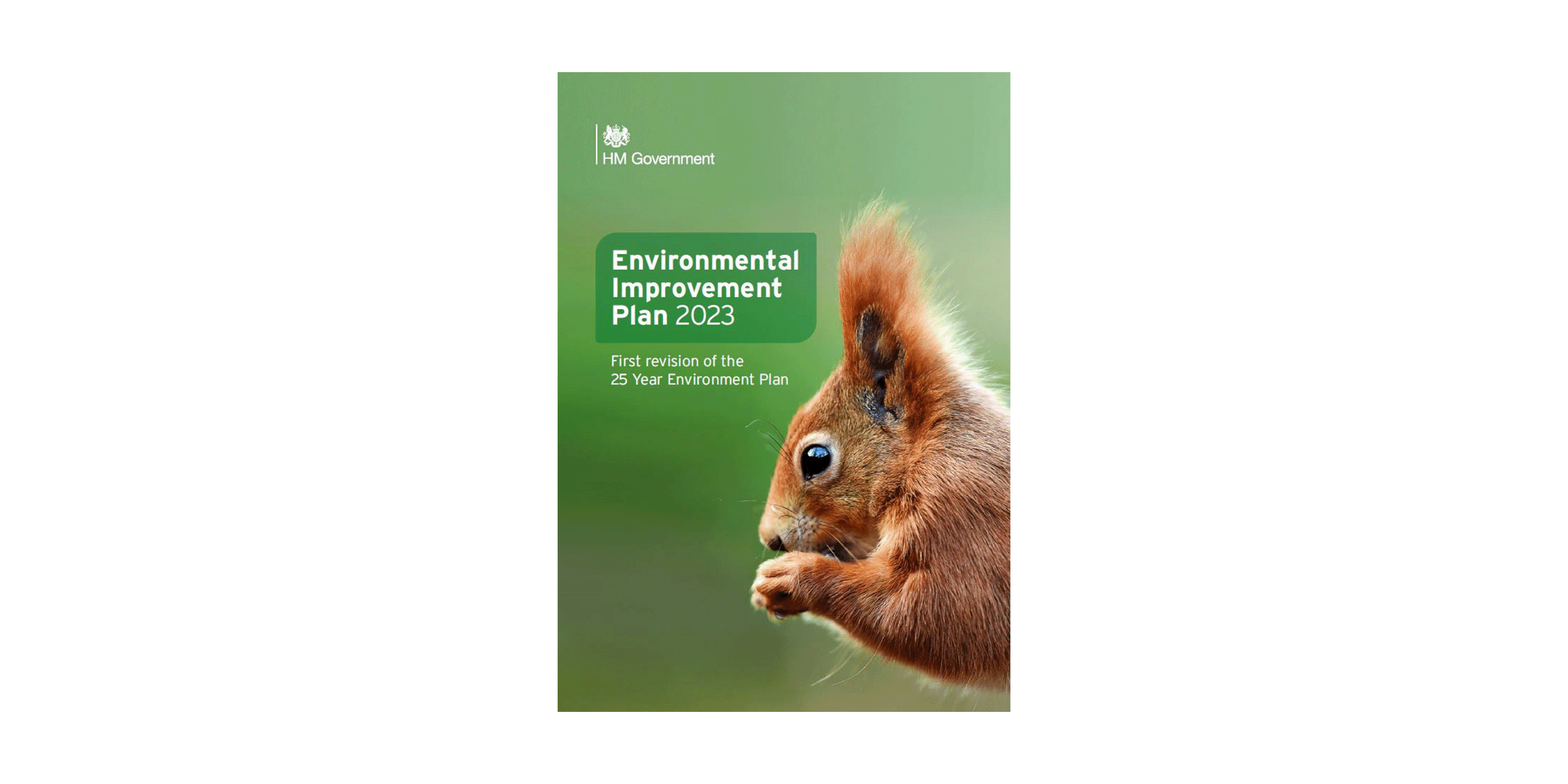
We can expect to see changes over the coming years and we must all play our part in environmentally responsible burning and the resulting impact on air quality.
We can expect to see changes over the coming years and we must all play our part in environmentally responsible burning and the resulting impact on air quality.
Here are some of our top tips to make sure you are burning responsibly.
Top tips from Woodsure
Our Advice Hub has plenty of tips on wood fuel to help you burn responsibly to keep your environmental impact to a minimum. Here are some tips you can follow:
- When purchasing fuels for immediate use, look for the Ready to Burn certification mark
- For fuels with sustainability credentials, look for the Woodsure certification mark
- Have your chimney swept and appliance serviced regularly – when was the last time you did? Use the HETAS search to find your local approved businesses
- Use your appliance in accordance with the manufacturer’s instructions
- If you have an old stove or open fire, consider replacing it with a new more efficient stove or boiler
- Avoid bad burning habits, such as slumbering your stove or leaving the door open
- Consider the top-down method for lighting your fire
- Don’t block ventilation – your stove needs the air and will help with creating a change of air in your home too
Looking for something else?
Using the handy Woodsure postcode search you can search for local
suppliers of firewood, briquettes, wood pellets, wood chip and hog fuel.
